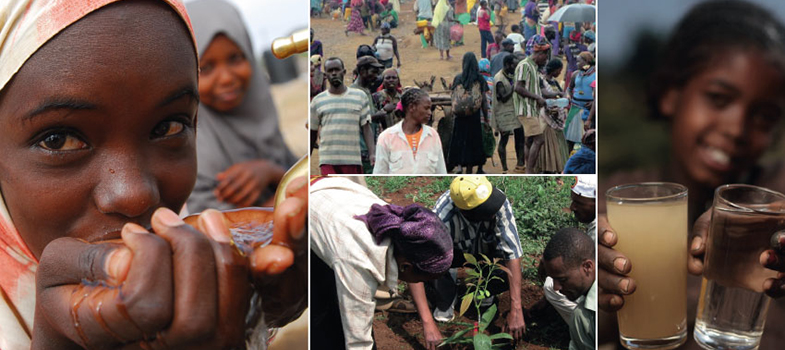14.3 Rapid field assessment in an emergency
You may find yourself in a team providing support in an emergency situation. It is important for the team to understand the extent of the emergency and the priorities for their efforts. This is established through a rapid assessment, which is a key requirement of Phase 1 of the emergency. The assessment needs to address the main issues that can impact on health. It should quickly gather key relevant information which can be used to put the possible interventions in an order of priority. The assessment should also consider medium- and long-term interventions for Phases 2 and 3 of the emergency. The principles are very similar to the rapid assessment methods you read about in Study Session 3.
Harvey (2007) suggests 20 key questions to be applied when collecting baseline data for initial assessments. The questions are designed to find out what sanitation facilities are available, whether the current provision and practices represent a health threat, whether there is space for additional latrines, and whether there are facilities for dealing with menstruation. There are also questions about the environmental context such as the local ground and surface water situation (drainage patterns, soil types, height of the water table), etc.
From the rapid assessment, a programme of planning and implementation of the response needs to be drawn up. Harvey suggests the process has a number of stages. The first stage is to carry out any immediate actions necessary to deal with the initial problems. This would be followed by a more detailed assessment of the situation, consultation with the community and other stakeholders. This second phase would lead to the design and implementation of a programme to address the longer-term needs. For emergency WASH provision, the World Health Organization has published a set of brief technical guidance notes that provide practical recommendations for responses to immediate and medium-term water, sanitation and hygiene needs of populations affected by emergencies (WHO/WEDC, 2013a).
14.2 Phases of an emergency and initial response
